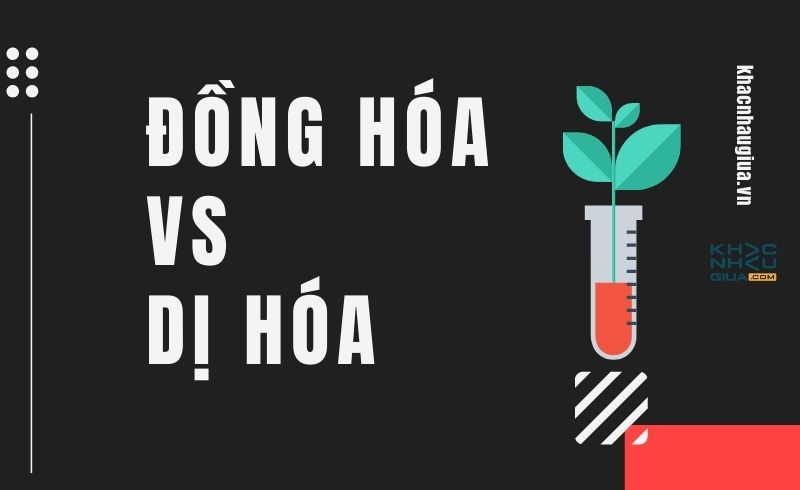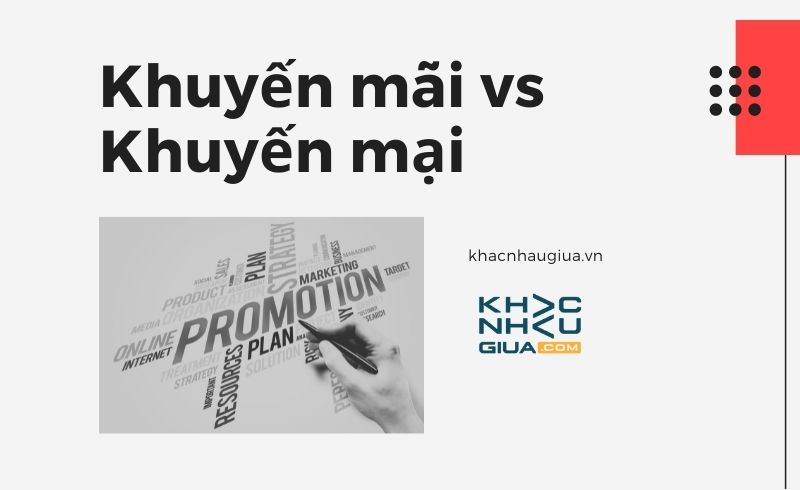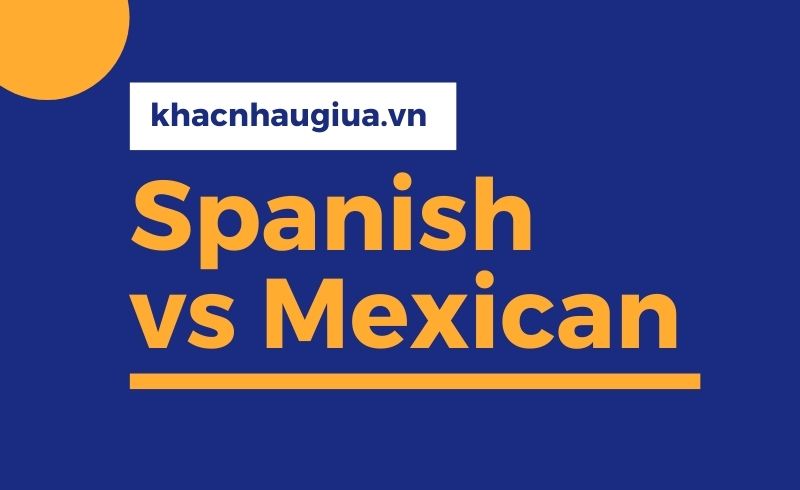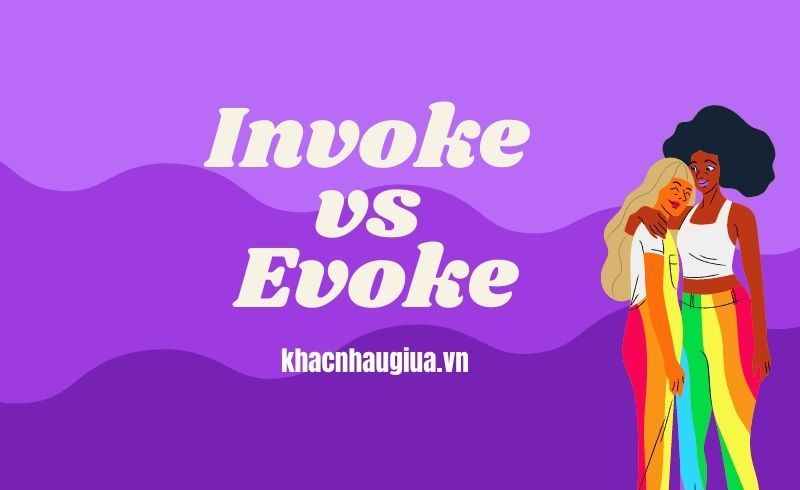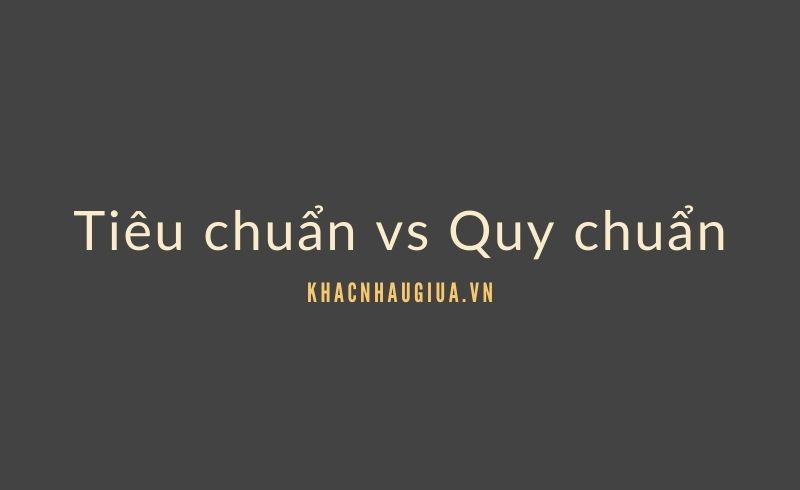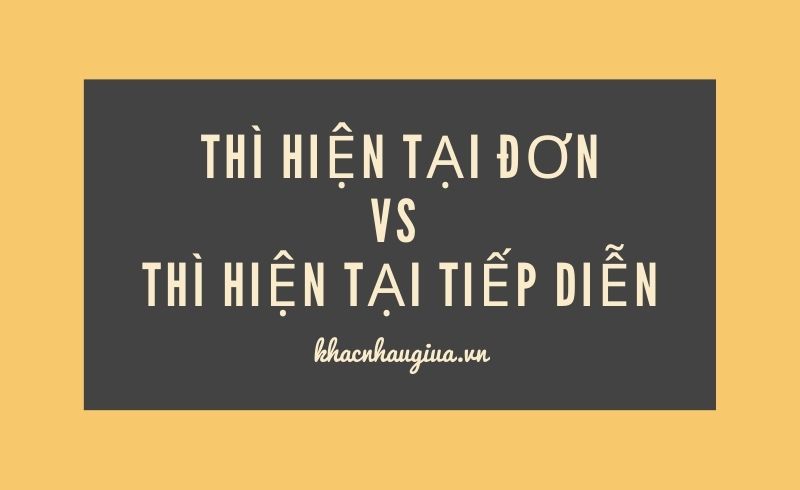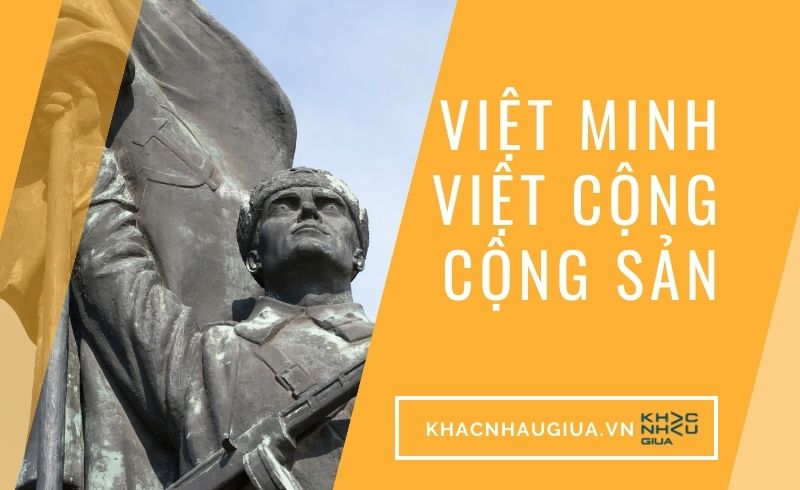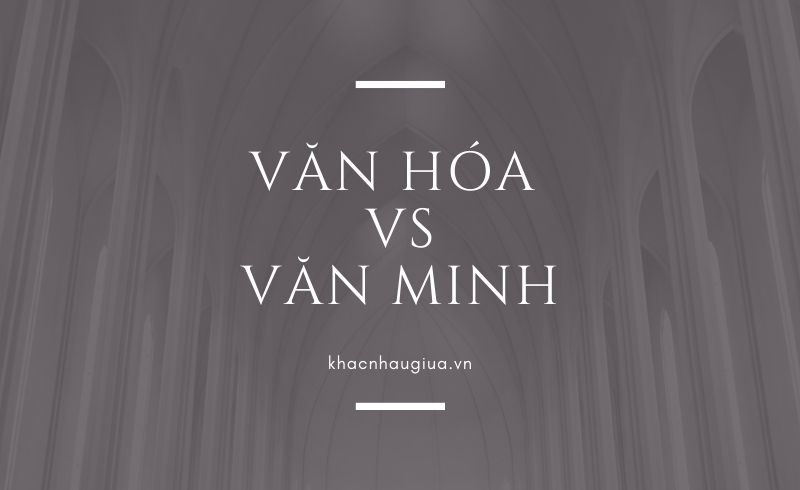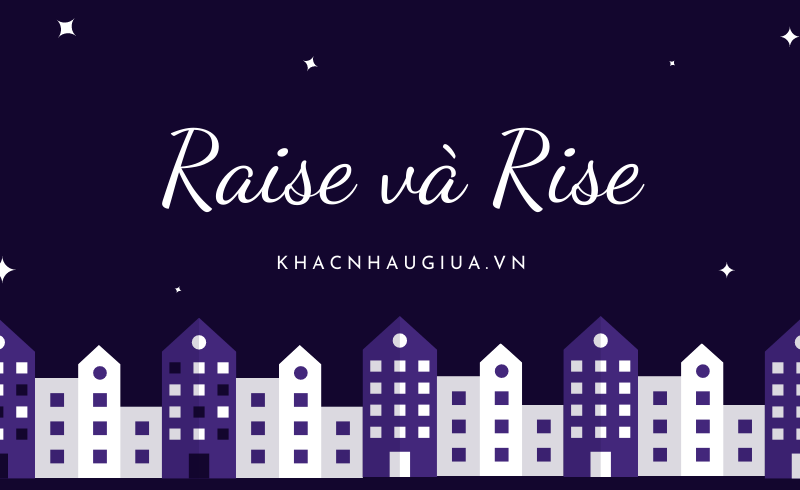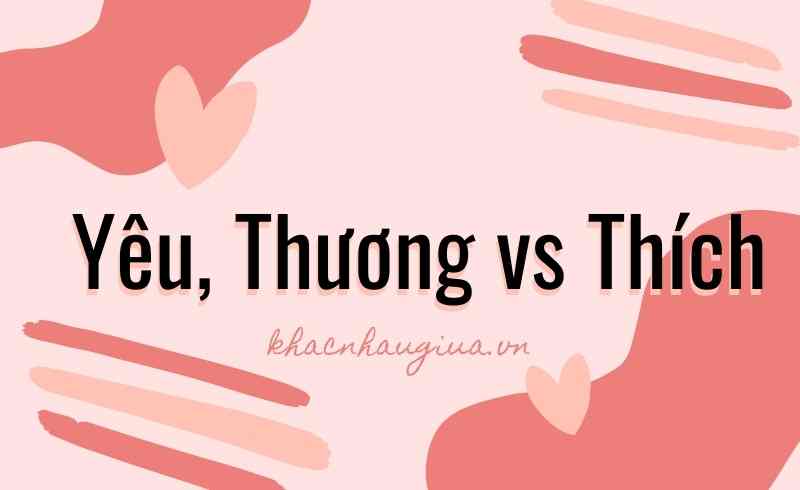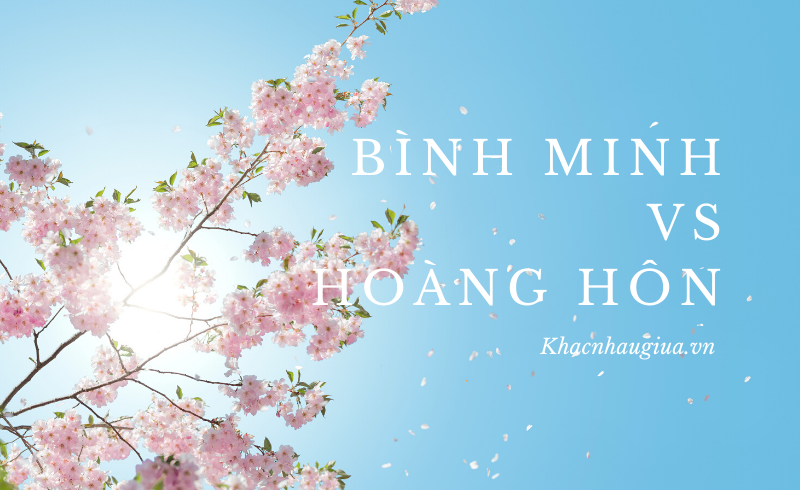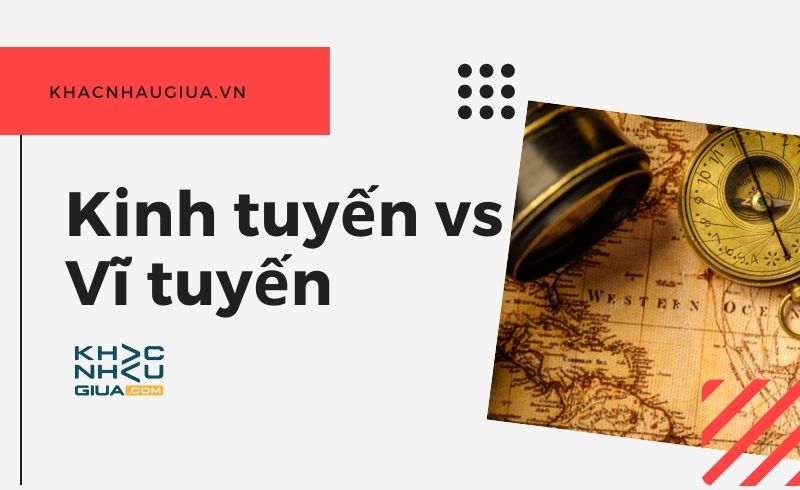Southeast Asia is a region known for its diverse cultures, stunning landscapes, and rich history. Two countries that often come to mind when thinking about this region are Vietnam and Cambodia. These two neighboring countries share a long border and have many cultural similarities, but they also have distinct differences that make each one unique. In this article, we will explore the key differences between Vietnam and Cambodia in terms of geography, climate, culture, history, politics, language, food, economy, infrastructure, tourism, cost of travel, visa requirements, and safety.
Differences between Vietnam and Cambodia
When comparing Vietnam and Cambodia, it is important to note that both countries have their own unique characteristics and should not be seen as interchangeable destinations. While they may share some similarities, there are significant differences that set them apart. Let’s take a closer look at these differences in various aspects.


Geography and Climate
One of the most noticeable differences between Vietnam and Cambodia is their geography and climate. Vietnam is a long, narrow country that stretches from the Gulf of Tonkin in the north to the Gulf of Thailand in the south. It is bordered by China to the north, Laos to the west, and Cambodia to the southwest. The country has a diverse landscape, with mountains, forests, beaches, and deltas. The Mekong River runs through the western part of the country, providing fertile land for agriculture.
On the other hand, Cambodia is a smaller and more compact country than Vietnam. It is bordered by Thailand to the northwest, Laos to the northeast, and Vietnam to the east and south. The country’s landscape is dominated by the Mekong River delta, which covers a large part of the country. The Tonle Sap Lake, the largest freshwater lake in Southeast Asia, is also located in Cambodia. However, unlike Vietnam, Cambodia does not have any significant mountain ranges.
In terms of climate, both Vietnam and Cambodia have a tropical climate with hot and humid weather year-round. However, there are some differences in their weather patterns. Vietnam experiences four distinct seasons, with a dry season from December to April and a rainy season from May to November. The northern part of the country has a cooler climate compared to the south. On the other hand, Cambodia has two main seasons – a wet season from May to October and a dry season from November to April. The country also experiences high temperatures throughout the year, with April being the hottest month.


| Country | Geography | Climate |
|---|---|---|
| Vietnam | Long, narrow country with diverse landscape including mountains, forests, beaches, and deltas | Tropical climate with four distinct seasons |
| Cambodia | Smaller and more compact country with a dominant Mekong River delta | Tropical climate with two main seasons |
Culture and Religion
Vietnam and Cambodia share many cultural similarities due to their close proximity and historical connections. However, they also have distinct cultural identities that have been shaped by their unique histories and influences. Vietnam is a Confucianist-Buddhist country, with a strong emphasis on family and community. Vietnamese culture is also influenced by Taoism and Hinduism, which can be seen in their traditional beliefs and practices. The official language of Vietnam is Vietnamese, which is written using the Latin alphabet.
On the other hand, Cambodia is a Theravada Buddhist country, with a strong emphasis on religious beliefs and practices. Buddhism plays a significant role in everyday life in Cambodia, and it is not uncommon to see monks walking around the streets. The official language of Cambodia is Khmer, which is written using its own script. The Khmer language has also been heavily influenced by Sanskrit and Pali, which are ancient Indian languages.
Both countries have a rich cultural heritage, and visitors can experience this through various festivals, traditions, and customs. Some of the most popular festivals in Vietnam include Tet (Lunar New Year), Mid-Autumn Festival, and Hue Festival. In Cambodia, some of the major festivals include Khmer New Year, Water Festival, and Pchum Ben (Ancestor’s Day).


History and Politics
Vietnam and Cambodia have both been shaped by their tumultuous histories, which have had a significant impact on their current political landscapes. Vietnam has a long history of colonization and wars, including the French Indochina War and the Vietnam War. The country was also under Chinese rule for over 1000 years. In 1975, North and South Vietnam were reunified, and the country became a socialist republic. Today, Vietnam is a one-party state with the Communist Party of Vietnam holding all political power.
Similarly, Cambodia has also faced its fair share of struggles, including colonization, civil war, and genocide. The country was under French rule until 1953 when it gained independence. However, the country was plunged into chaos during the Khmer Rouge regime from 1975 to 1979, resulting in the deaths of millions of Cambodians. Today, Cambodia is a constitutional monarchy with a multi-party system, but the ruling party, Cambodian People’s Party, has been in power since 1979.
| Country | History | Political System |
|---|---|---|
| Vietnam | Colonization, wars, and communist rule | One-party socialist republic |
| Cambodia | Colonization, civil war, and genocide | Constitutional monarchy with a multi-party system |
Language and Food
As mentioned earlier, Vietnamese and Khmer are the official languages of Vietnam and Cambodia, respectively. However, due to their shared history and cultural influences, there are also many similarities between the two languages. Both languages use tones to differentiate words, and they also share some vocabulary.


When it comes to food, Vietnamese and Cambodian cuisines are both heavily influenced by their neighboring countries, such as China, Thailand, and Laos. However, they also have their own unique dishes and flavors. Vietnamese cuisine is known for its fresh and healthy ingredients, with a focus on herbs and vegetables. Some popular dishes include pho (noodle soup), banh mi (sandwich), and spring rolls.
Cambodian cuisine, on the other hand, has a stronger emphasis on spices and herbs, resulting in bold and flavorful dishes. Rice is a staple in Cambodian cuisine, and some popular dishes include amok (fish curry), lok lak (stir-fried beef), and kuy teav (noodle soup). Both Vietnam and Cambodia also have a strong street food culture, where visitors can try a variety of local dishes at affordable prices.
Economy and Infrastructure
Vietnam and Cambodia are both developing countries, but there are significant differences in their economies and infrastructure. Vietnam has experienced rapid economic growth in recent years, with a focus on industrialization and export-oriented industries. The country’s main industries include agriculture, manufacturing, and services. Vietnam is also a major producer of rice, coffee, and seafood, which contribute significantly to its economy.
On the other hand, Cambodia’s economy is largely driven by agriculture, with over 70% of the population working in this sector. The country is one of the world’s largest producers of rice and also relies on tourism as a major source of income. However, Cambodia’s economy is still heavily dependent on foreign aid and investment.
In terms of infrastructure, Vietnam has a more developed transportation system compared to Cambodia. The country has an extensive network of highways, railways, and airports, making it easier to travel between cities. Cambodia, on the other hand, has limited transportation options, with most people relying on buses or tuk-tuks for long-distance travel.
| Country | Economy | Infrastructure |
|---|---|---|
| Vietnam | Rapidly growing economy with a focus on industrialization and export-oriented industries | Developed transportation system with highways, railways, and airports |
| Cambodia | Agriculture-based economy with heavy reliance on foreign aid and investment | Limited transportation options with buses and tuk-tuks |
Tourism and Attractions
Both Vietnam and Cambodia are popular tourist destinations in Southeast Asia, attracting millions of visitors each year. Vietnam is known for its natural beauty, rich history, and vibrant cities. Some of the top attractions in Vietnam include Ha Long Bay, Hoi An Ancient Town, and Ho Chi Minh City. The country also has a thriving beach culture, with popular destinations such as Nha Trang, Da Nang, and Phu Quoc.
Similarly, Cambodia also has a lot to offer to tourists, with its stunning temples, beautiful landscapes, and rich culture. The most famous attraction in Cambodia is, of course, the Angkor Wat temple complex, which is a UNESCO World Heritage Site. Other must-visit places in Cambodia include the capital city of Phnom Penh, the coastal town of Sihanoukville, and the laid-back riverside town of Kampot.

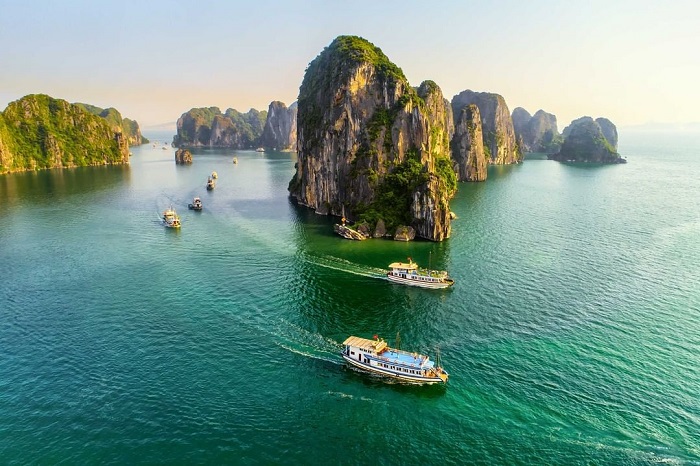
Cost of Travel
When it comes to the cost of travel, both Vietnam and Cambodia are relatively affordable compared to other Southeast Asian countries. However, there are some differences in terms of prices for accommodation, food, and transportation. In general, Vietnam tends to be slightly more expensive than Cambodia, especially in popular tourist areas.
Accommodation in Vietnam can range from budget hostels to luxury resorts, with prices varying depending on the location and type of accommodation. In Cambodia, budget travelers can find cheap guesthouses or hostels, while mid-range and luxury options are also available at a lower cost compared to Vietnam.
Food and transportation costs in Vietnam and Cambodia are also relatively similar, with street food and local transportation being the most affordable options. However, Vietnam has a wider range of dining options, including more upscale restaurants, which can be pricier than in Cambodia.


Visa and Entry Requirements
Both Vietnam and Cambodia require visitors to have a valid passport and visa to enter the country. However, there are some differences in their visa policies. Vietnam offers visa exemptions for citizens of certain countries, while others can apply for an e-visa or visa on arrival. The cost of a tourist visa for Vietnam ranges from $25 to $135, depending on the length of stay and type of visa.
On the other hand, Cambodia offers visa on arrival for most nationalities, with a fee of $30 for a tourist visa. Visitors can also apply for an e-visa before their trip, which costs $36. Both countries also require visitors to have at least six months validity on their passports.
Safety and Security
Safety is always a concern when traveling to any country, and both Vietnam and Cambodia have their own unique safety issues. In general, both countries are considered safe for tourists, but it is always important to take precautions and be aware of potential scams or pickpocketing in crowded areas.
Vietnam has a lower crime rate compared to Cambodia, but there have been reports of petty theft and scams targeting tourists. On the other hand, Cambodia has a higher crime rate, especially in urban areas. It is recommended to avoid walking alone at night and to be vigilant when carrying valuables.
Conclusion
In conclusion, while Vietnam and Cambodia may share some similarities, they also have distinct differences that make each country a unique destination. From geography and climate to culture and history, these two countries offer travelers a diverse and enriching experience. Whether you prefer the bustling cities and stunning landscapes of Vietnam or the ancient temples and laid-back vibe of Cambodia, both countries have something special to offer. So, why not plan a trip to both and discover the beauty of Southeast Asia for yourself?
You may be interested:

